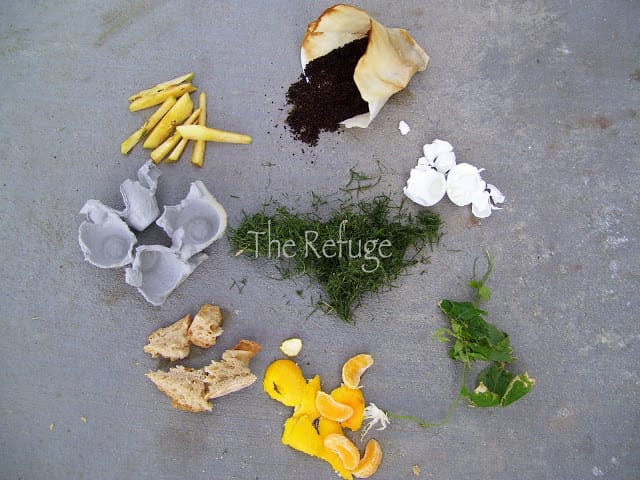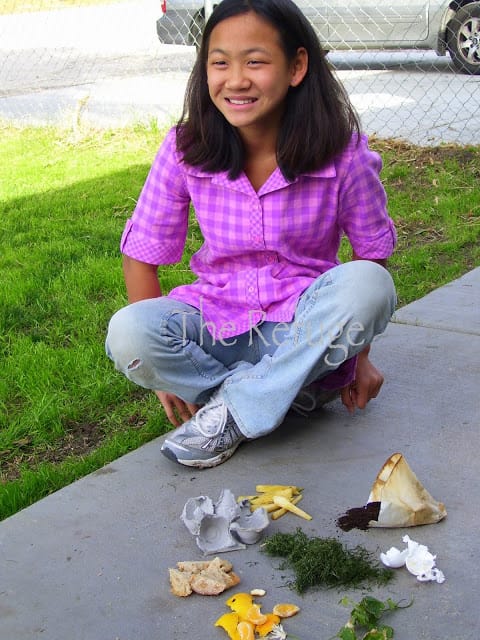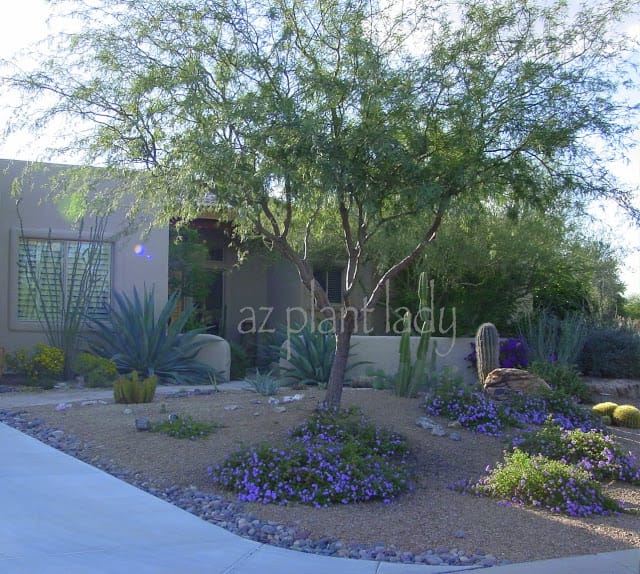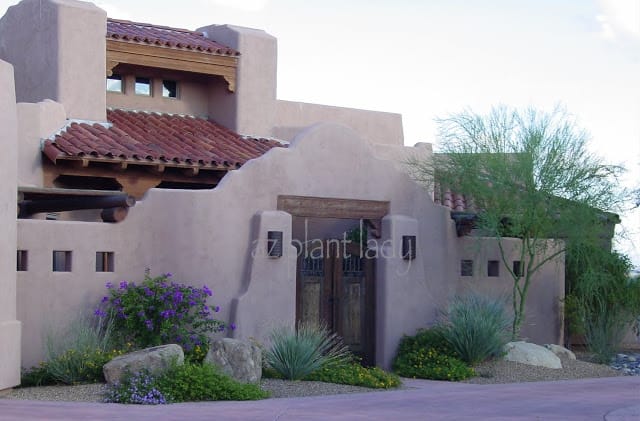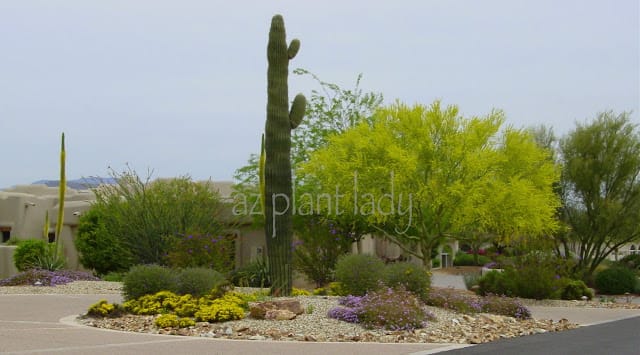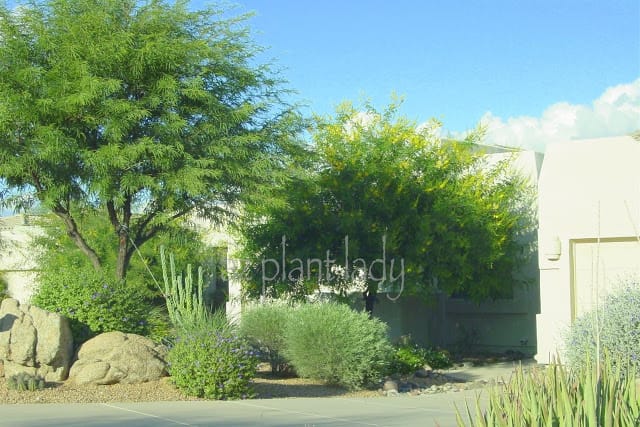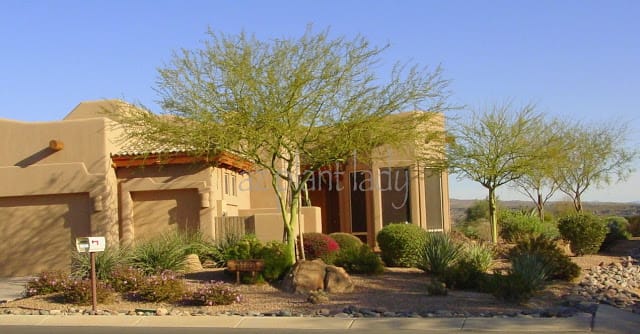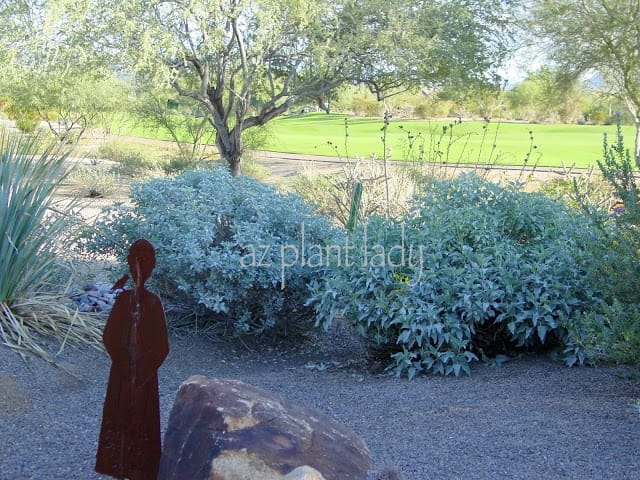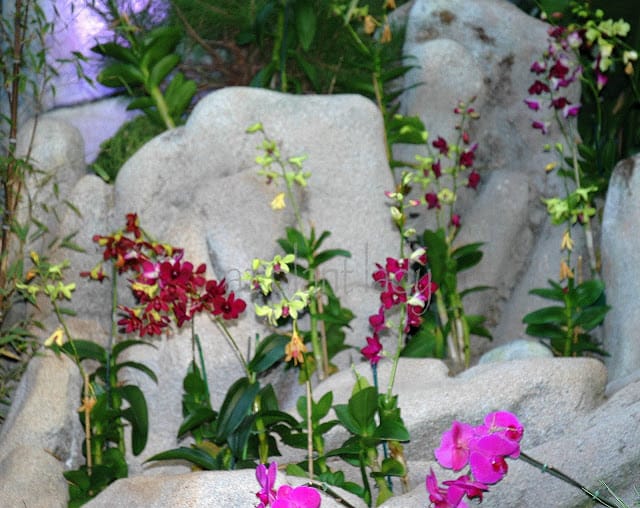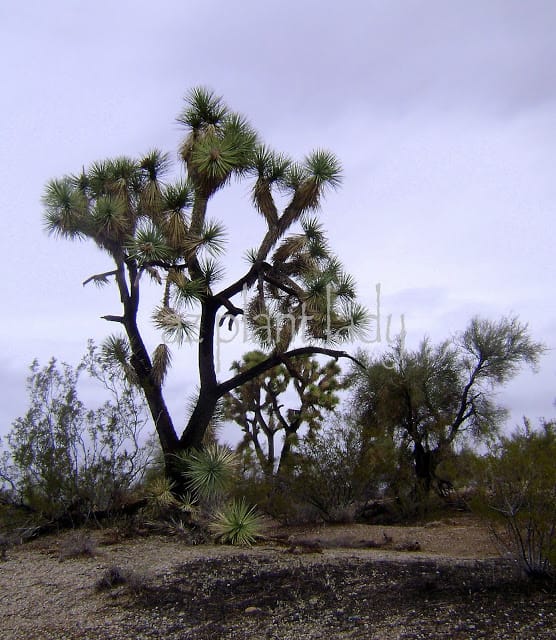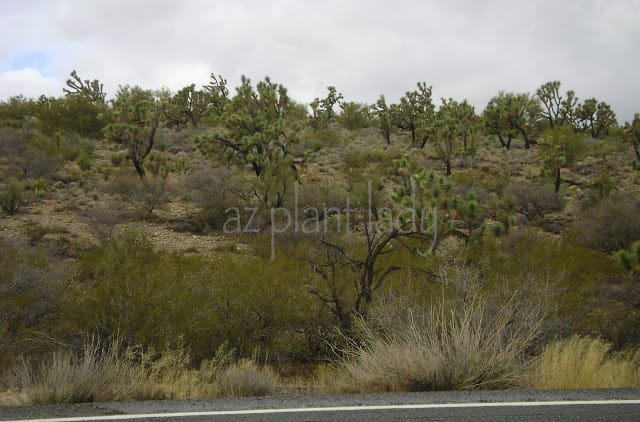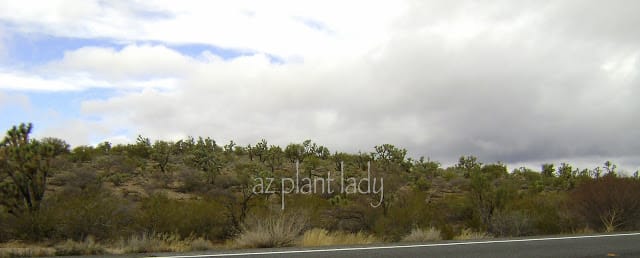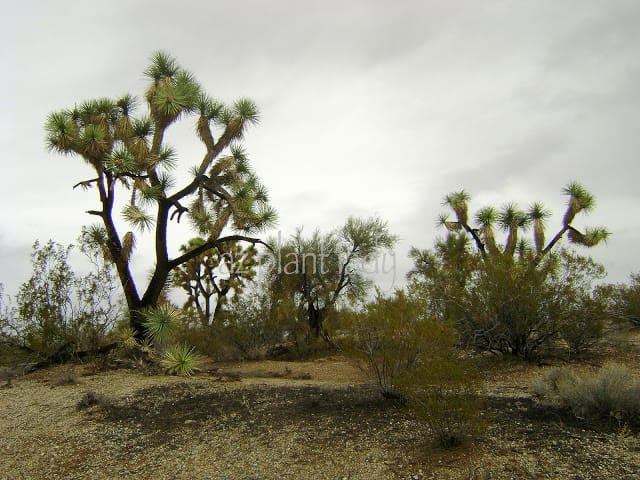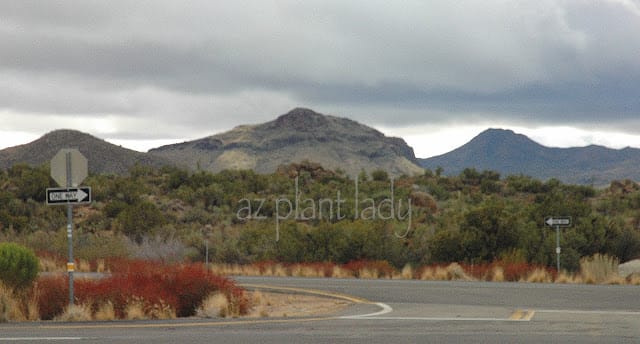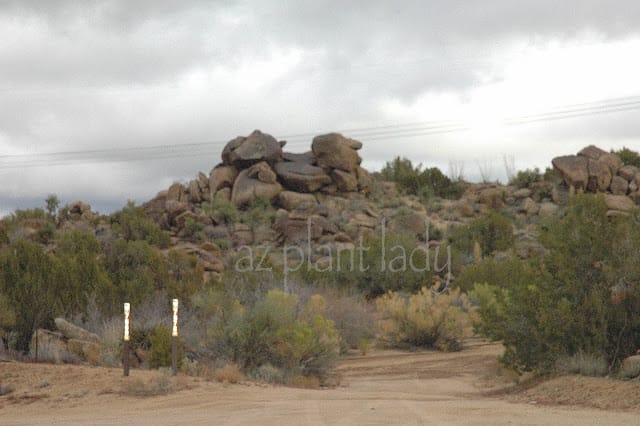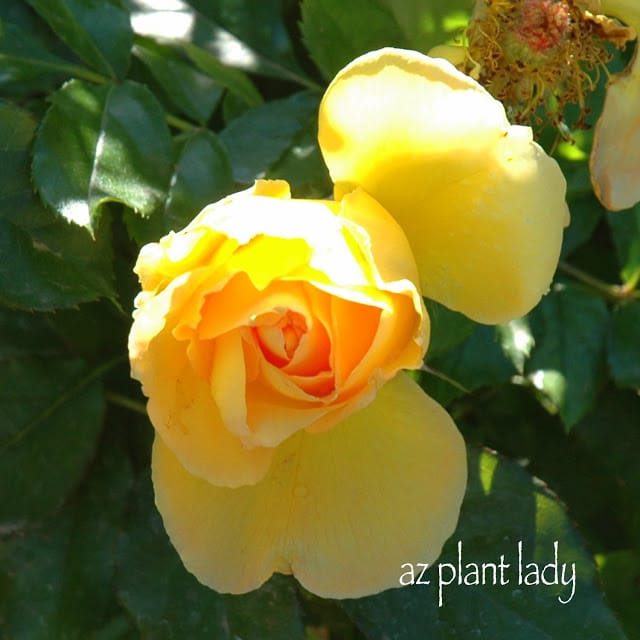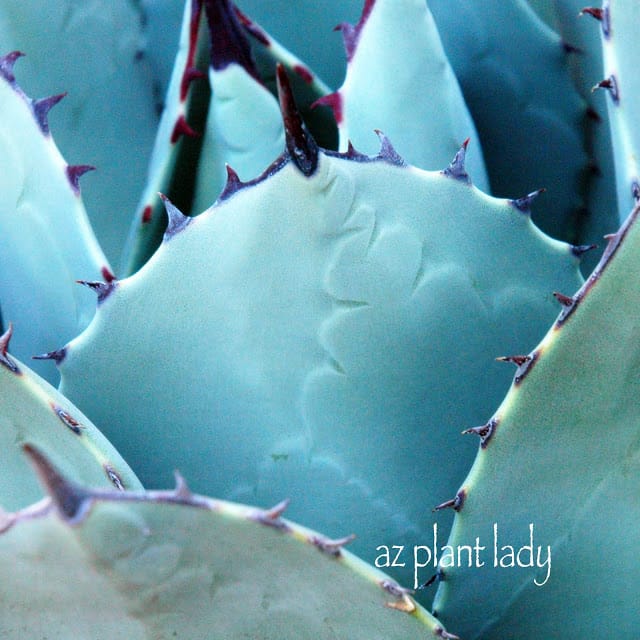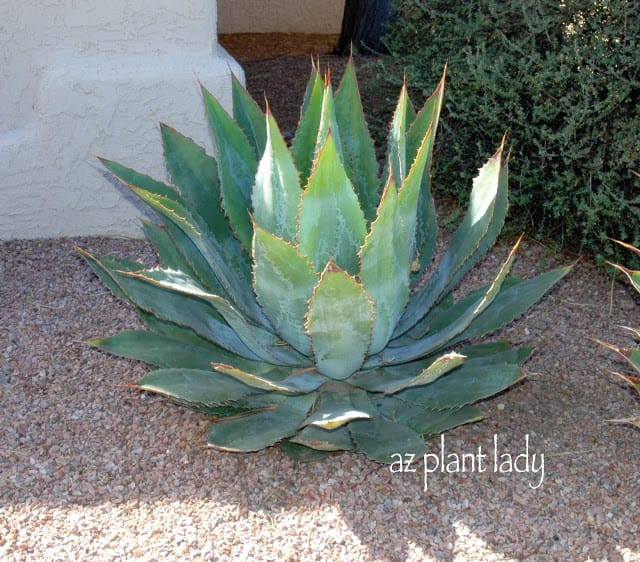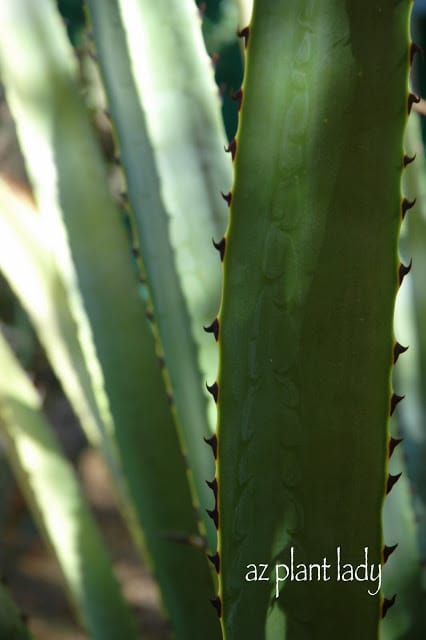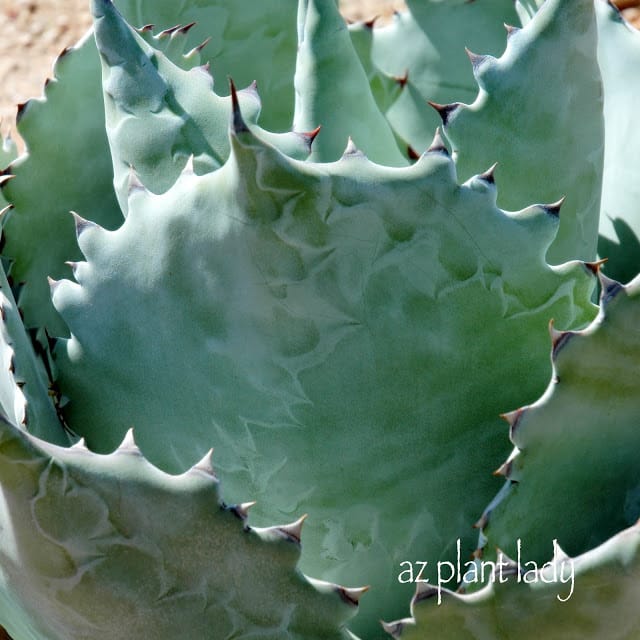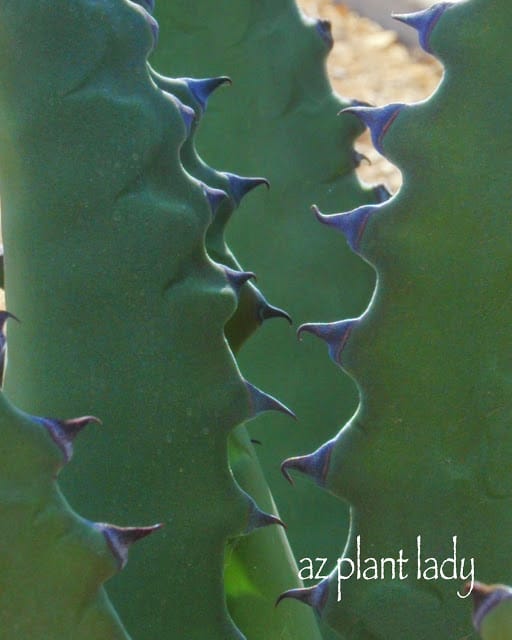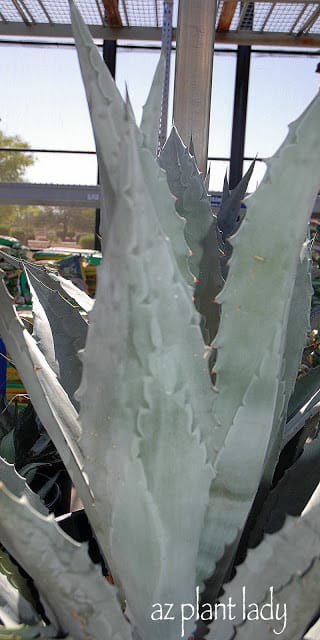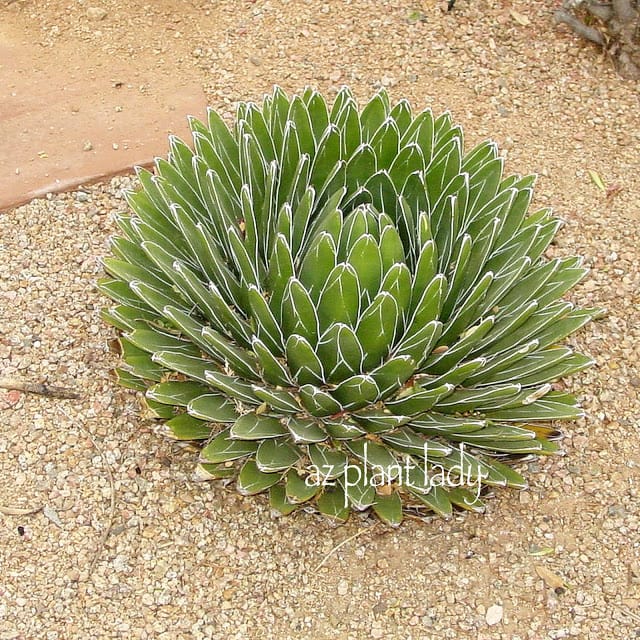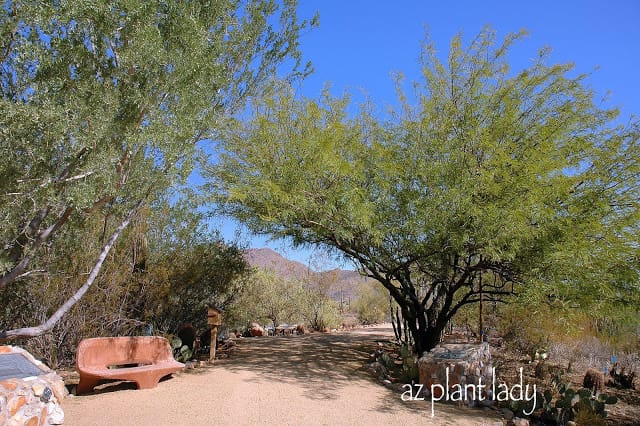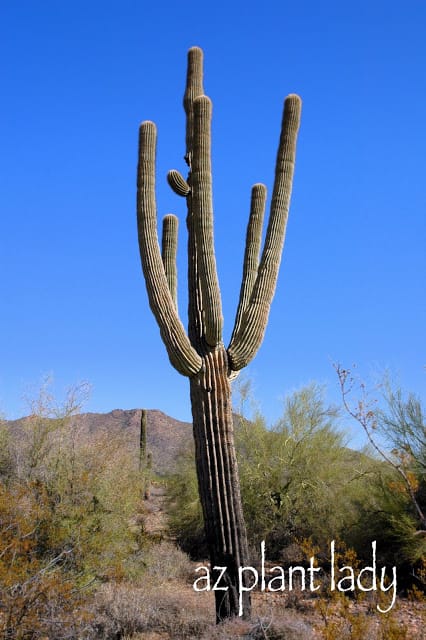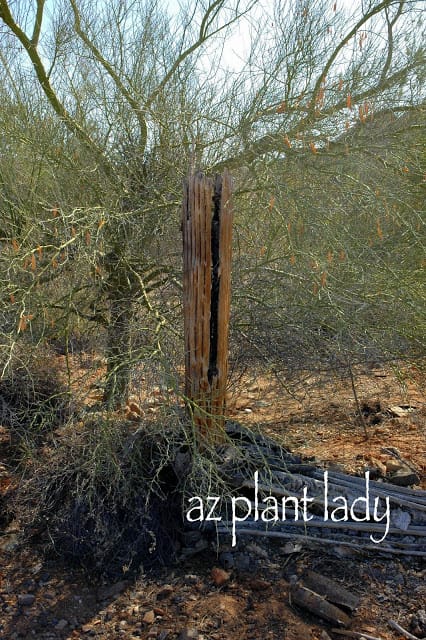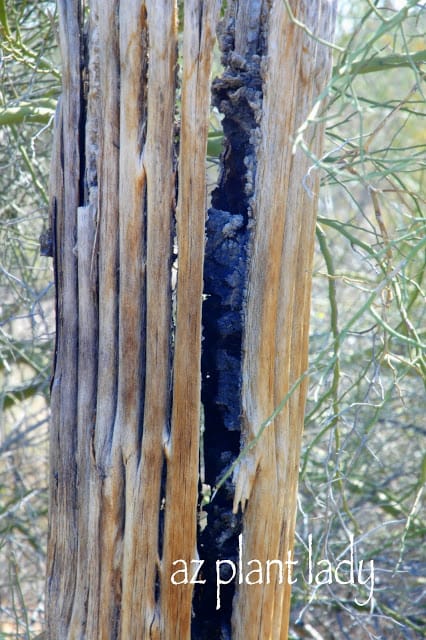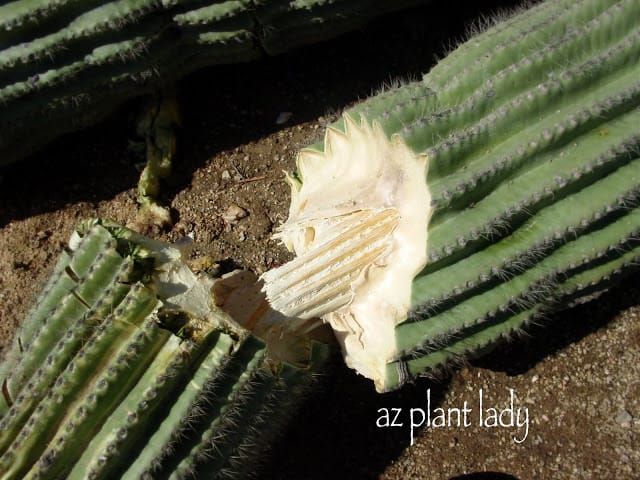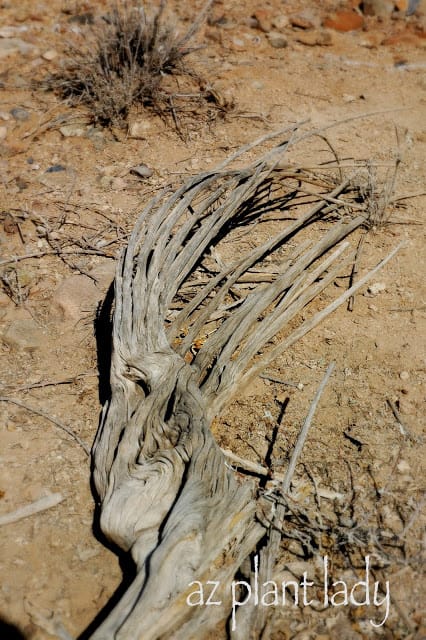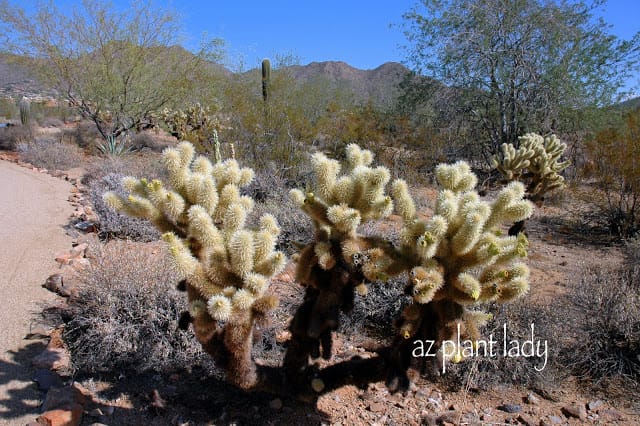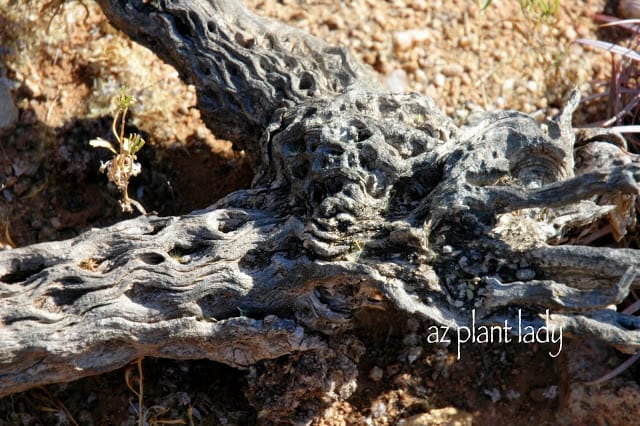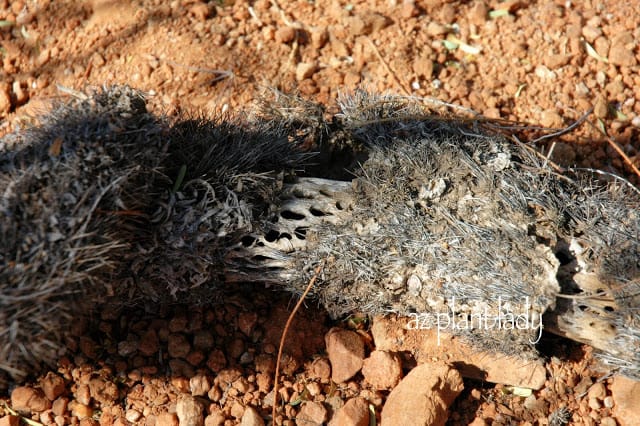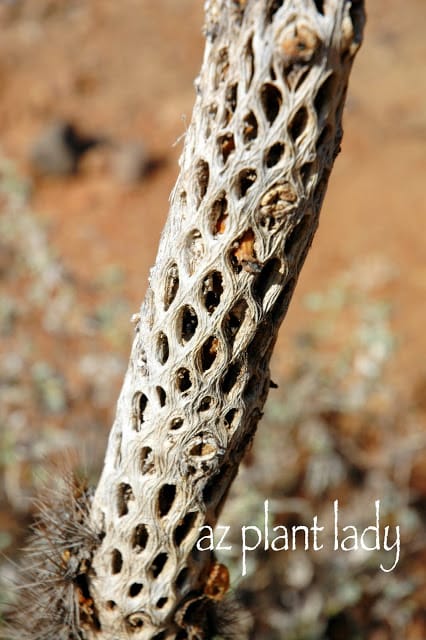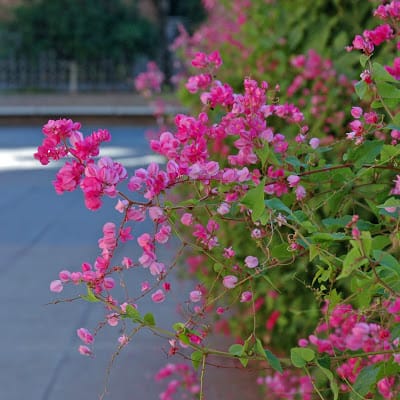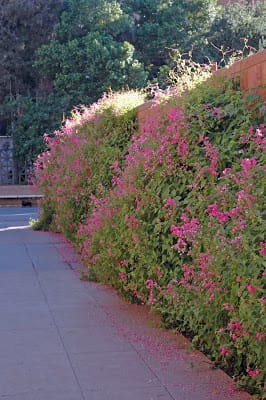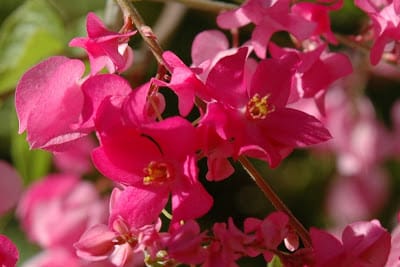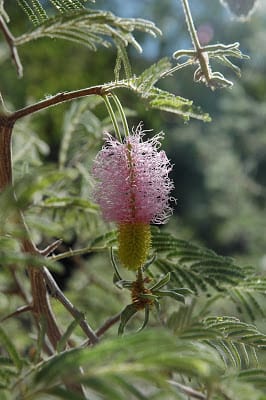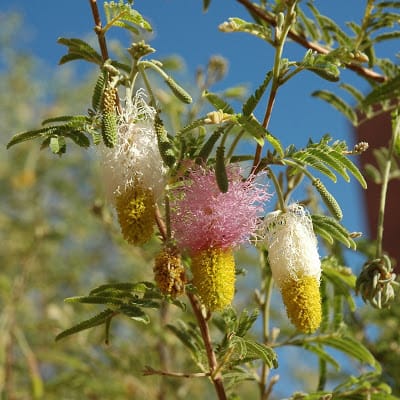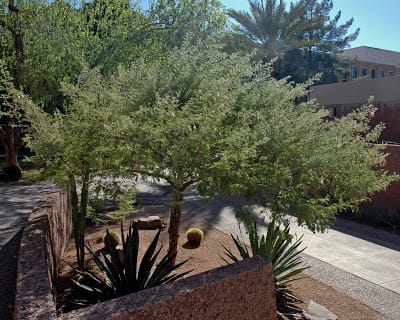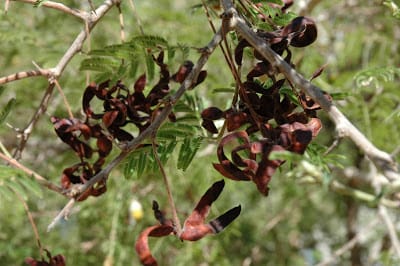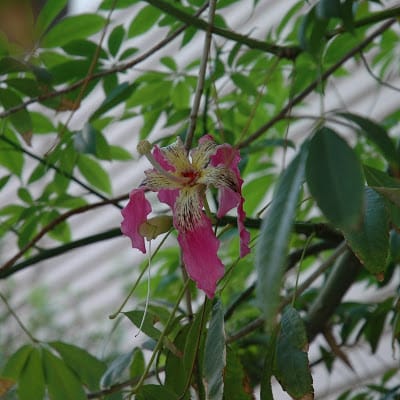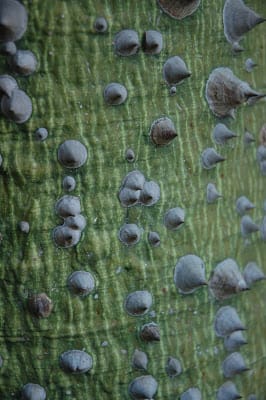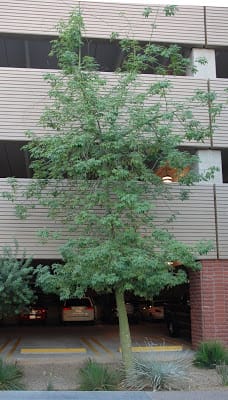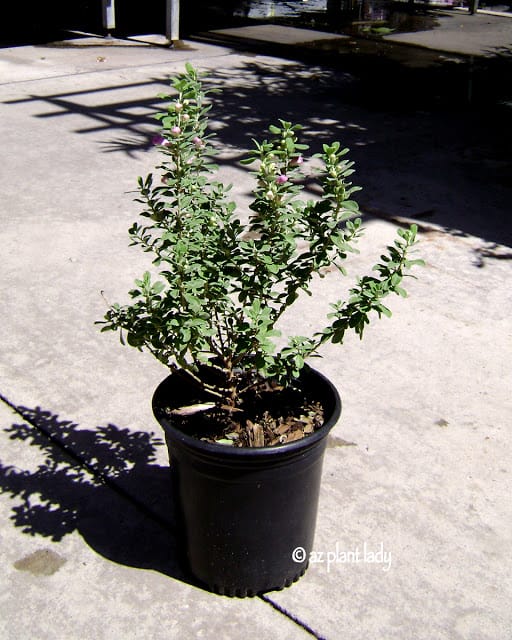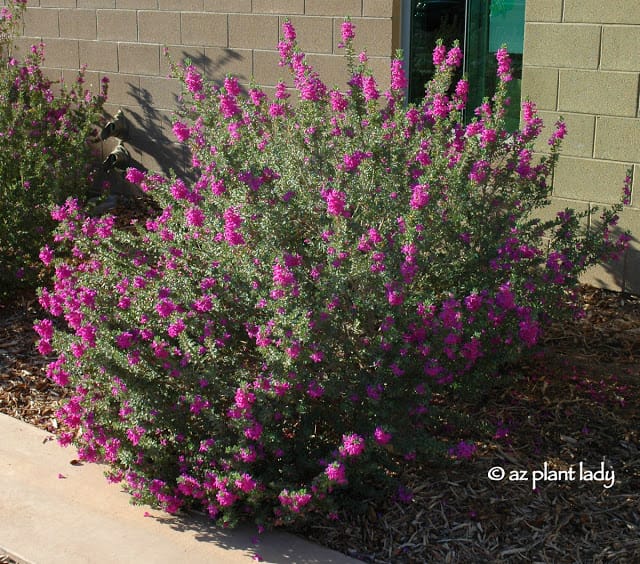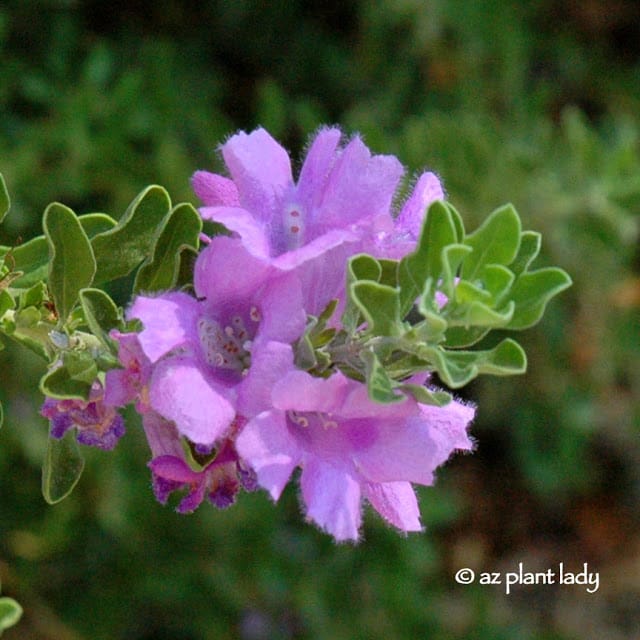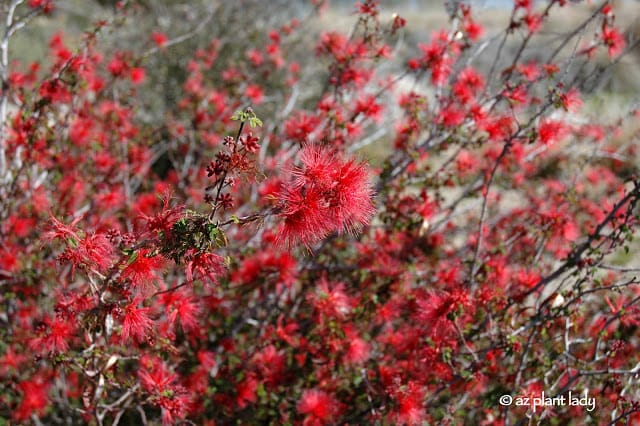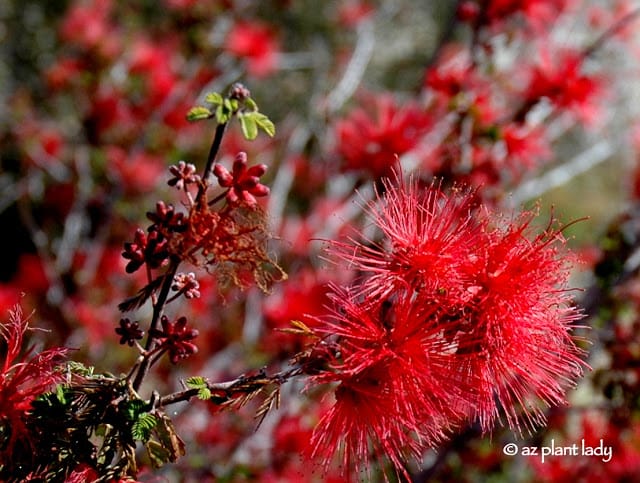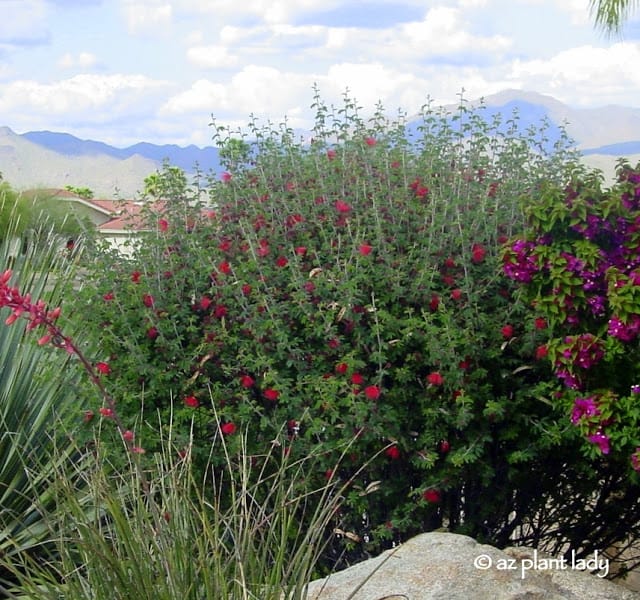Did you know that just by making one change in your garden that you will benefit not only the earth, but also your plants, your back and your pocketbook? The one change I am talking about is making sure that you are watering your plants at the recommended rate for your area.
Okay, first the benefits to the earth. The first one is fairly obvious….by watering at the proper rate and frequency, we are conserving water – a precious resource.
Now the first benefit is fairly obvious, but here is another one….did you know that when plants are watered correctly, that they produce less excess growth and grow at a healthier rate? Many of us do not take that into consideration or even think of it.
Each time I consult with a homeowner, I often go over what their current irrigation schedule is. Believe it or not, over 90% of the time, I find that their trees and plans are being over-watered. In fact, one of my horticulture professors did a study and found the same statistics. Naturally, that is understandable; we live in a desert, so logically we think that more water will help our plants.
But, the truth is, is that the majority of plant problems we see related to irrigation is due to over-watering NOT under-watering.
Mature shrubs and trees need less water then you may think – especially if you are growing plants that are adapted to our arid-climate. In response to over-watering, the extra growth that is produced has another interesting effect….it causes the plant to use more water in order to maintain the excess growth then the same type of plant being watered at the proper rate.
Irrigating (watering) correctly not only causes your plants to grow at a healthy rate, but also encourages roots to grow deeper where the soil is cooler and moister and helps to flush out salts in our soils that can build-up around the roots of your plants. As a result, your plants will be better able to withstand the stress of summer.
Here is an example for our area (around Phoenix): Did you know that your mature citrus trees only need to be watered every 21 – 30 days in the winter and every 7 – 10 days in the summer? The past three clients I consulted with, who had citrus trees, were watering them 3 times a week in the middle of winter. They were not watering them long enough and not deeply enough. Many of their trees were suffering multiple problems related incorrect irrigation, which were easily corrected by changing their watering schedule.
Okay, you may be saying, I don’t have any citrus, so how does this apply to me? Well then, here is another example; desert-adapted shrubs need water every 7 – 10 days in the summer. Even mature shrubs that are high-water use only need water every 5 – 7 days in the summer. Most people are watering their shrubs every 2 – 3 days in the summer. *I water my own shrubs every 7 – 10 days throughout the summer and once every month in the winter and my garden is thriving.
Now, for the savings….you do the math – with less growth, there is less pruning required and therefore less maintenance. So, we are not only conserving water and saving $ off of our water bill, but also using up less space in the landfill and also saving you money (if you use a landscape company to prune your trees and shrubs). Or at the very least, saving you a backache from all of that extra pruning you are saved from doing ;^)
All right, you are saying, that sounds great….save the earth, healthy plants, less pruning and saving money – all good things – I’m on board, but what do I need to do to get started?
Okay, here are the keys to watering your plants the right way – it all has to do with how deeply your plants are watered and the frequency. Trees should be watered to a depth of 3 ft. and shrubs to a depth of 18 – 24 inches. The trick is, figuring out how long you need to water each time to reach the recommended depth.
The length of time for each irrigation cycle can vary depending on your individual system. So, to do this, all you need is a 3 ft. piece of rebar, (seriously, that is it). Once you have irrigated (watered) your plants, gently push the rebar down to see how far the water has penetrated. It will slide easily down through the moist soil. When it stops, measure the distance on the rebar to see how far it penetrated and you can see how much longer or shorter a time you will still need to water.
*The average time the water should be turned on for shrubs is approximately 2 hours at a time, but this can vary depending on your irrigation system and soils.
Adjust how often your water (the frequency), seasonally. Plants do not require the same amounts of water in winter then the rest of the seasons. However, the length of time you turn on the water does not change.
Even though the specific recommendations of this post are geared for the desert gardener in Arizona, the broader principles can apply to us all. For those of you who do need to provide supplemental water to your plants, take the time to make sure that you are watering them correctly.
I would like to offer one word of caution, when changing your current irrigation schedule, gradually wean your plants from the excess water they have been receiving – you don’t want to shock your plants and it will take them some time to adjust to the longer length of time between each watering cycle.
I am joining with Jan from Thanks For Today and other fellow garden bloggers in sharing ways to garden sustainably in honor of Earth Day and this is my submission :^) Please visit her blog to see links to other posts honoring Earth Day.
Garden Bloggers Sustainable Living
*For landscape watering guidelines in greater Phoenix area, please visit AMWUA which is an excellent resource on irrigation which has more specific information on how often to water seasonally.
*For guidelines for watering citrus, please check out the following link.
“The Joy of Composting”

